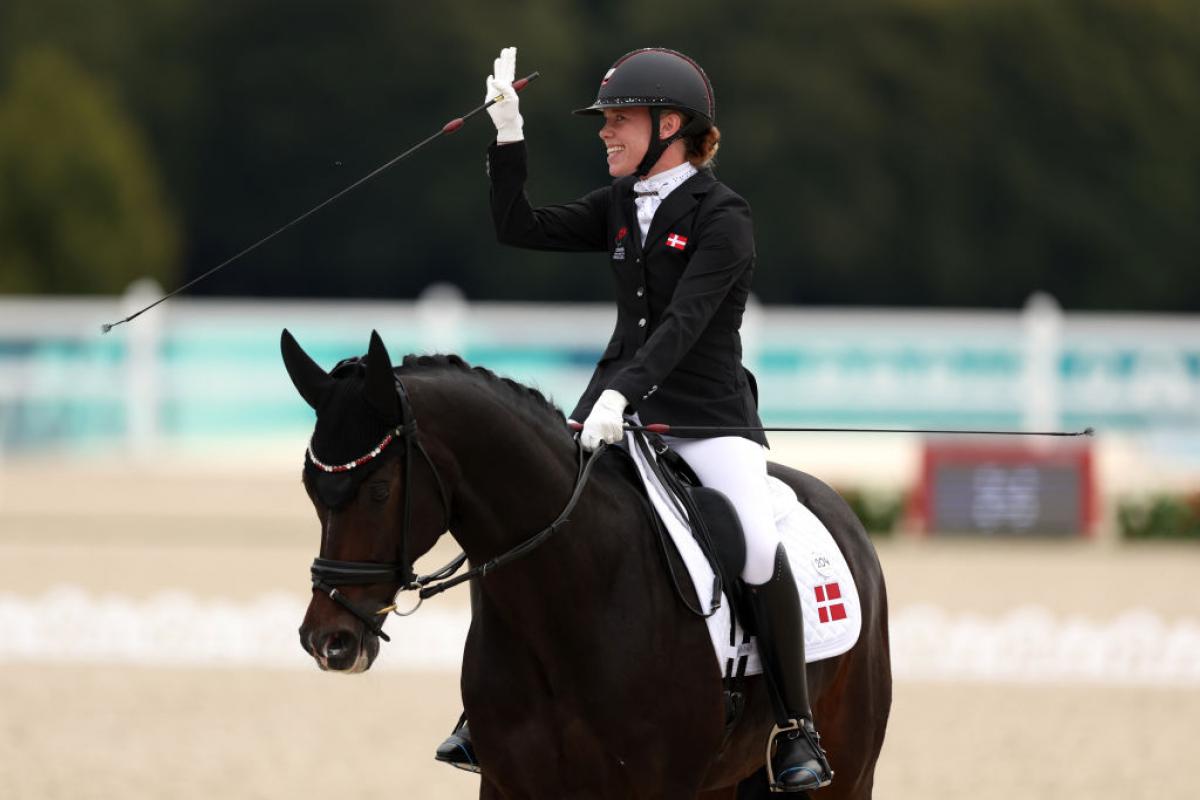Equestrian Paralympics 2: Where Passion Meets Performance
The Equestrian Paralympics 2 marks a new era in the world of para-equestrian sports, especially in the discipline of para-dressage. As riders with disabilities compete at the highest level, this event is more than just a sporting challenge—it’s a celebration of strength, precision, and harmony between rider and horse.
Understanding Para-Equestrian Sport
Unlike standard equestrian competitions, para-equestrian events are tailored for athletes with physical disabilities. Equestrian Paralympics 2 continues this legacy with:
-
Graded Competition Levels: Riders are classified from Grade I to Grade V depending on their functional abilities.
-
Specialized Equipment: Adaptive tack and aids ensure fairness while showcasing the riders’ skills.
-
Elite Horse Partnerships: Horses used in these events are highly trained and carefully selected to meet individual needs.
What’s New in Equestrian Paralympics 2?
Equestrian Paralympics 2 builds on past successes while introducing:
-
Improved scoring systems for better accuracy and transparency.
-
Expanded global participation, including first-time entrants from emerging countries.
-
Enhanced horse welfare measures, aligning with international standards.
-
New digital formats, such as real-time scoring and VR highlights for spectators.
Highlights and Key Athletes to Watch
This edition has brought forward several inspirational stories. Some notable highlights include:
-
First-time gold medalists in Grade III from Asia.
-
Equestrian veterans making comebacks after injury or long recovery periods.
-
Newcomers under 25 proving that the next generation is ready to shine.
Why the Event Matters
This sport is not just about competition—it’s a platform for:
-
Empowerment through sport for people with physical disabilities.
-
Promoting inclusivity in traditionally elite sporting fields.
-
Global awareness of the importance of accessibility and equality in athletics.
The Role of the Horse
In para-equestrian sport, horses are not just animals—they are teammates. Every rider develops a deep bond with their horse, which is crucial for:
-
Trust during high-pressure routines
-
Flawless execution of complex movements
-
Emotional support, especially for riders overcoming trauma or health conditions
The Growing Popularity of Para-Dressage
Thanks to platforms like Equestrian Paralympics 2, para-dressage has gained global recognition. The sport’s visibility has:
-
Increased support from national equestrian federations
-
Attracted sponsors looking to support inclusive sports
-
Inspired training programs tailored for riders with disabilities
FAQs about Equestrian Paralympics 2
Q1: What is Equestrian Paralympics 2?
A: It refers to the second major installment or phase of international para-equestrian events under the Paralympic banner, particularly focusing on dressage for athletes with disabilities.
Q2: What disciplines are included in the event?
A: Primarily para-dressage, which involves choreographed riding routines judged on precision and style.
Q3: Who can compete in the Equestrian Paralympics?
A: Athletes with physical disabilities who meet the classification criteria set by the FEI (Fédération Equestre Internationale) and IPC (International Paralympic Committee).
Q4: How are horses selected for para-equestrian events?
A: Horses are selected based on temperament, responsiveness, and the ability to adapt to their rider’s unique needs.
Q5: How does it differ from Olympic equestrian events?
A: While the skills and scoring systems are similar, Paralympic events are tailored with adaptive aids and inclusive rules to level the playing field.
Conclusion
Equestrian Paralympics 2 stands as a powerful reminder that ability can take many forms. With each stride, leap, and command, these athletes break barriers and inspire millions. Whether you’re a sports fan or a supporter of inclusivity, this event offers an unforgettable glimpse into the world where courage truly rides tall.
